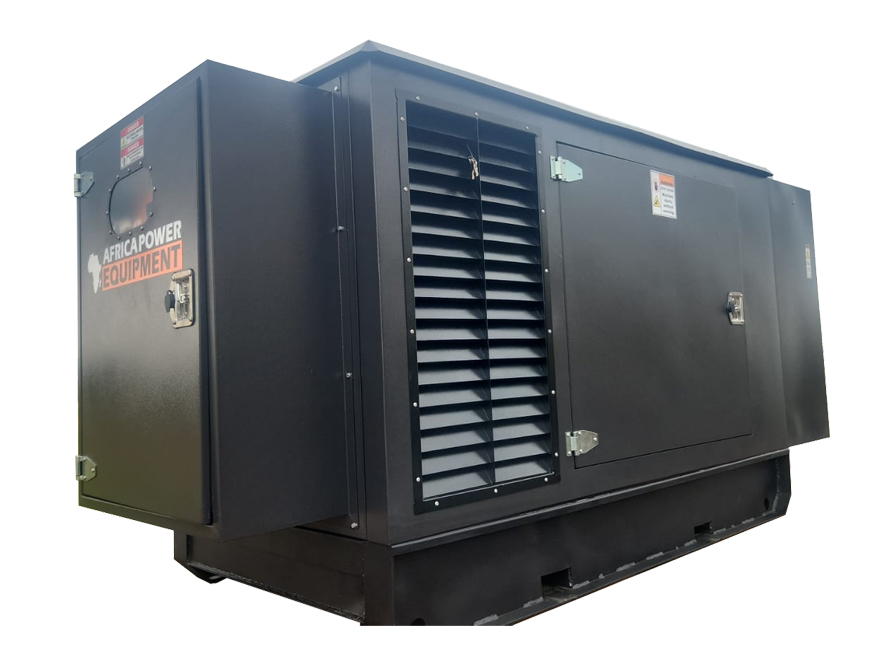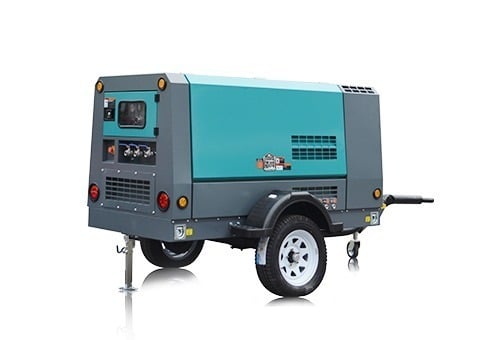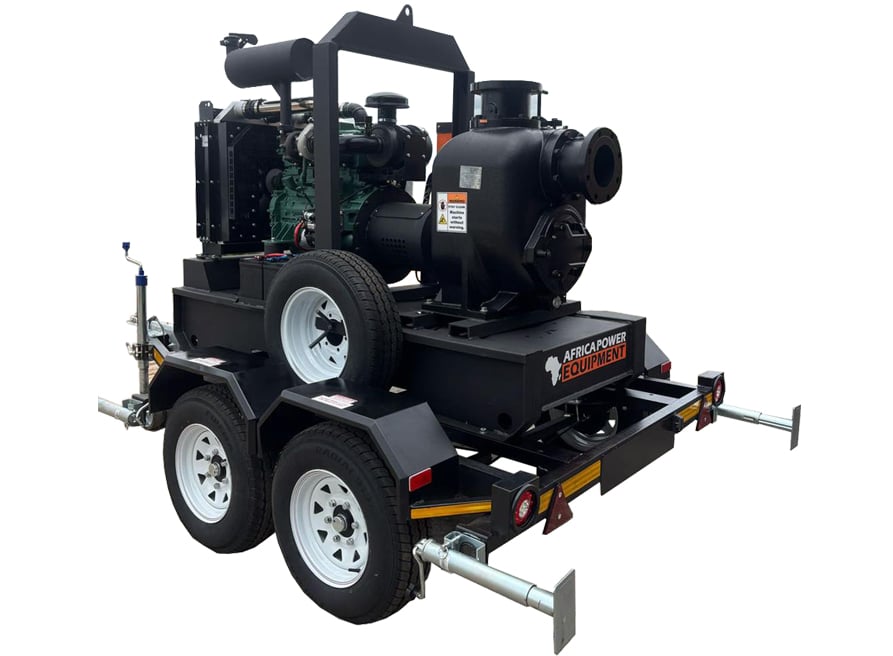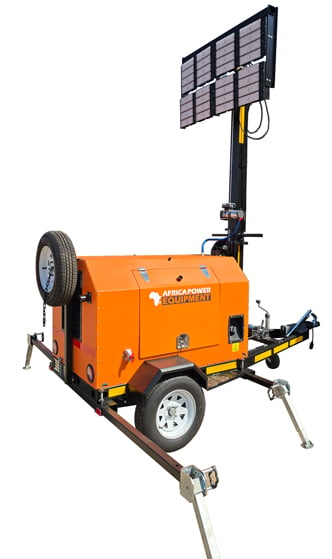How to Calculate Pump Head and Flow Rate for Your Water Pump System
When selecting a water pump for your home, irrigation, or industrial use, two key specifications determine performance: flow rate and pump head. Choosing the right pump without understanding these can result in poor pressure, inadequate water delivery, or pump failure.
In this article, we’ll break down exactly what pump head and flow rate mean, how to calculate them, and how to match them to the correct pump for your needs.
🟢 Quick Answer
To calculate flow rate, determine how much water you need per minute or hour (L/min or m³/hr). To calculate total dynamic head (TDH), add vertical lift, friction losses in pipes, and pressure required at the outlet. The pump must meet or exceed this flow rate and TDH for effective operation.
🚿 1. What Is Pump Flow Rate?
Flow rate refers to the volume of water a pump can move in a given time, typically measured in:
-
Litres per minute (L/min)
-
Litres per second (L/s)
-
Cubic meters per hour (m³/hr)
🔹 Example: A garden irrigation system may require 60 L/min.
📏 2. What Is Pump Head?
Pump head is the height a pump can raise water, expressed in meters (m). It includes the vertical height plus any resistance from pipes and fittings. Pump head directly affects water pressure.
There are two types:
-
Static Head – Vertical distance from source to discharge point
-
Friction Head – Resistance caused by pipe length, diameter, and fittings
-
Pressure Head – Additional pressure needed at the outlet (e.g. sprinkler, tap)
Total Dynamic Head (TDH) = Static Head + Friction Loss + Pressure Head
🧮 3. How to Calculate Flow Rate
Step 1: Determine Usage
Estimate how much water you need per application.
| Application | Typical Flow Rate |
|---|---|
| Domestic tap | 5–10 L/min |
| Shower | 10–15 L/min |
| Sprinkler irrigation | 20–40 L/min |
| Borehole system | 30–60 L/min |
Step 2: Add Up Simultaneous Demands
If multiple taps or sprinklers run at once, sum their flow requirements.
✅ Example: Two showers + one tap = 15 + 15 + 8 = 38 L/min
🧮 4. How to Calculate Total Dynamic Head (TDH)
Step 1: Measure Static Head
Vertical distance from water source to highest outlet point.
🧱 Example: Tank to top of house = 8 meters
Step 2: Estimate Friction Loss
Friction depends on:
-
Pipe material
-
Diameter
-
Length
-
Number of bends or valves
Use a pipe friction chart or online calculator.
💡 Rule of thumb: 1–3m of head per 10m of pipe
✅ Example: 30m pipe = ~6m friction loss
Step 3: Add Pressure Requirement at Outlet
Some systems require specific pressure.
💧 1 bar = 10 meters head
✅ Example: Sprinkler needs 2 bar = 20m head
Final TDH Calculation
TDH = Static (8m) + Friction (6m) + Pressure (20m) = 34m
🧰 5. Example: Choosing a Pump for a Household
Scenario:
-
Borehole system
-
Static head: 12m
-
Pipe run: 40m with 3 bends
-
Outlet pressure: 2 bar (20m)
-
Flow required: 50 L/min
TDH = 12 + 8 (friction) + 20 = 40m
Look for a pump rated for 50 L/min at 40m head.
🔗 Internal Linking Opportunities
📈 6. Matching Pump Curves to Requirements
Manufacturers provide pump performance curves showing flow vs. head. Your calculated flow and TDH must fall within the curve’s optimal range.
✅ Tip: Choose a pump that operates in the middle of the curve for efficiency and longevity.
⚠️ 7. Common Mistakes to Avoid
-
Choosing based on flow rate only (without head)
-
Ignoring pipe friction losses
-
Oversizing the pump, causing energy waste and wear
-
Not factoring in future expansion (extra taps, irrigation zones)
-
Using incorrect pipe sizes that increase friction
❓ FAQs
Q: What happens if the pump can’t meet the required head?
A: Water may barely trickle from outlets, or the pump may run continuously without adequate flow—leading to overheating or damage.
Q: How does pipe size affect flow rate?
A: Smaller pipes increase friction loss and reduce flow. Use properly sized piping to minimize losses.
Q: Can flow rate and head be adjusted later?
A: Not easily. That’s why proper sizing from the start is critical. Variable speed pumps offer some flexibility but are more expensive.
🧾 Conclusion
Understanding flow rate and total dynamic head (TDH) is essential for choosing the right water pump. A properly sized pump ensures reliable performance, energy efficiency, and reduced wear. Take the time to measure your system and match your pump accordingly—your plumbing will thank you.
Need help selecting the right pump for your home or business?
👉 Speak to the water pump experts at Africa Power Equipment





